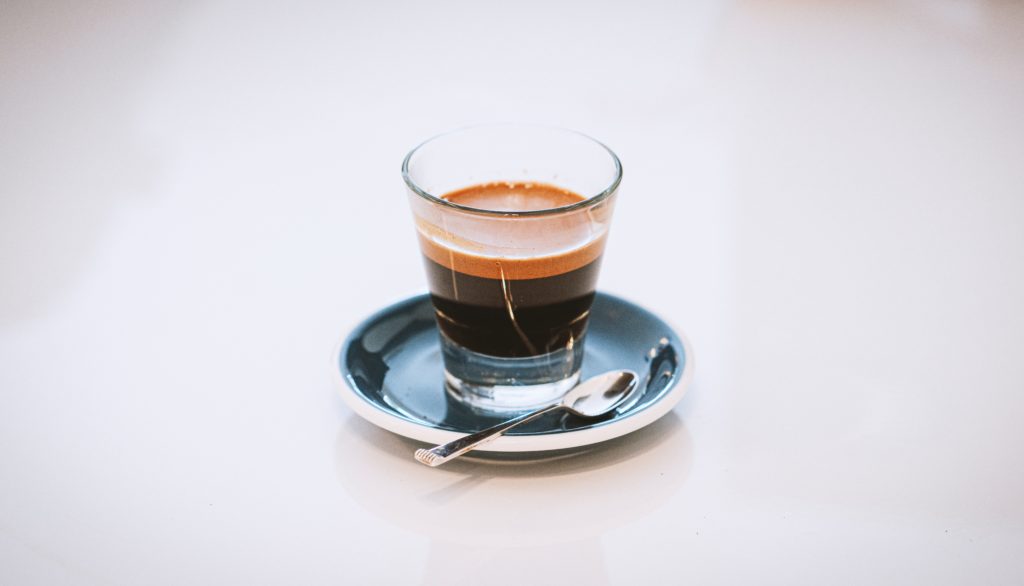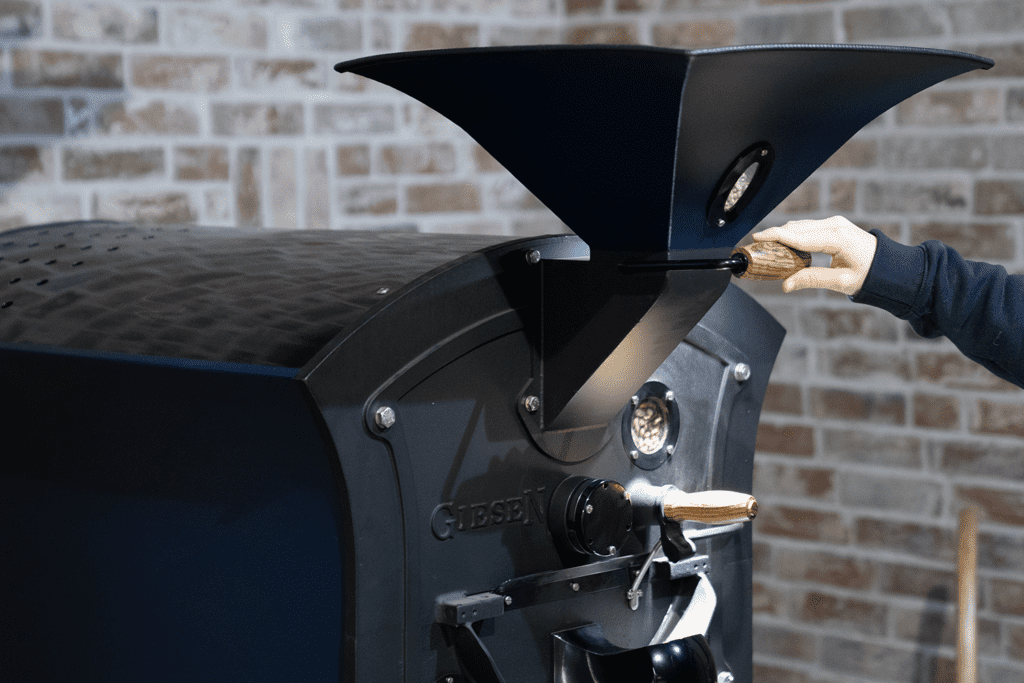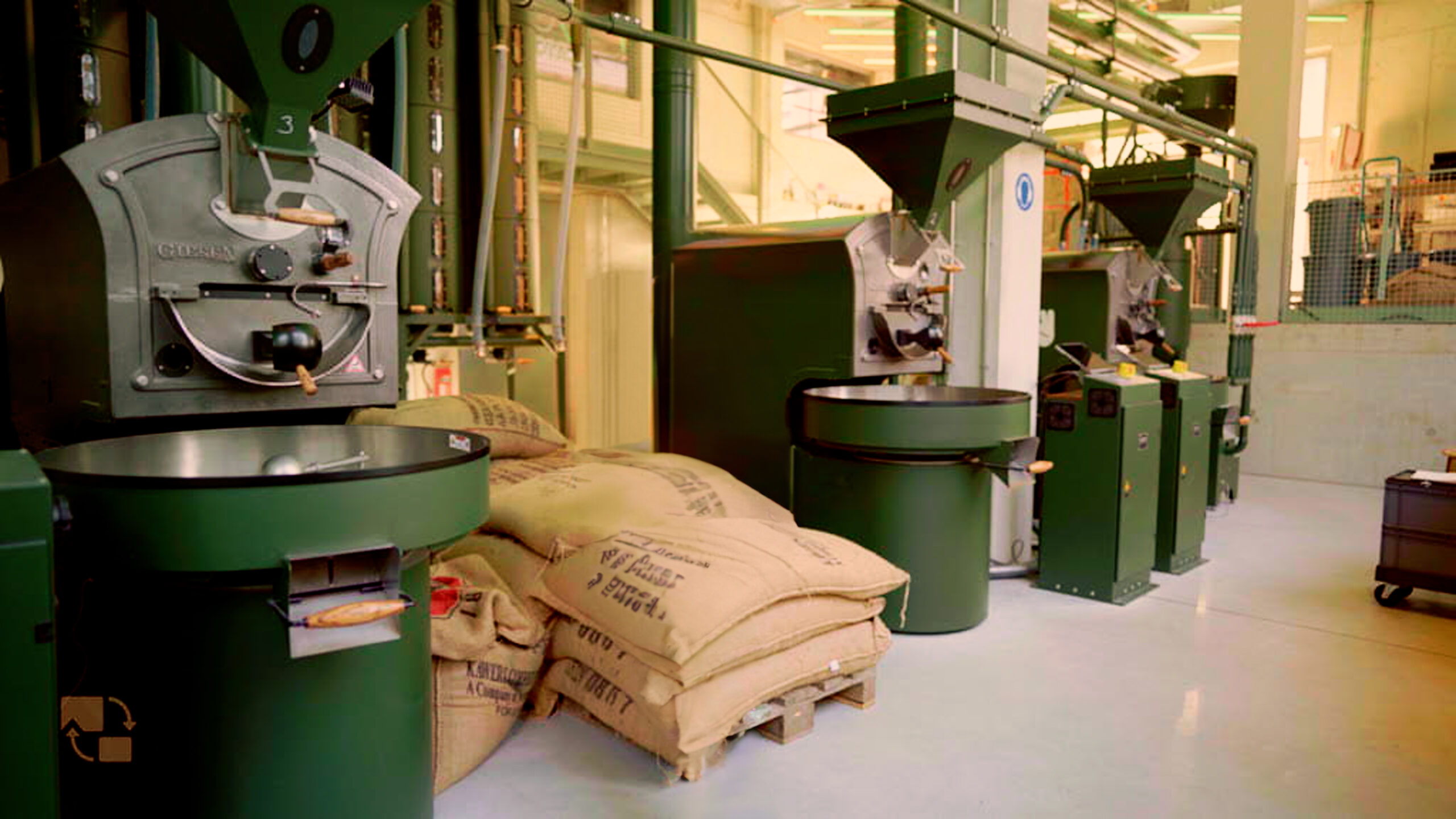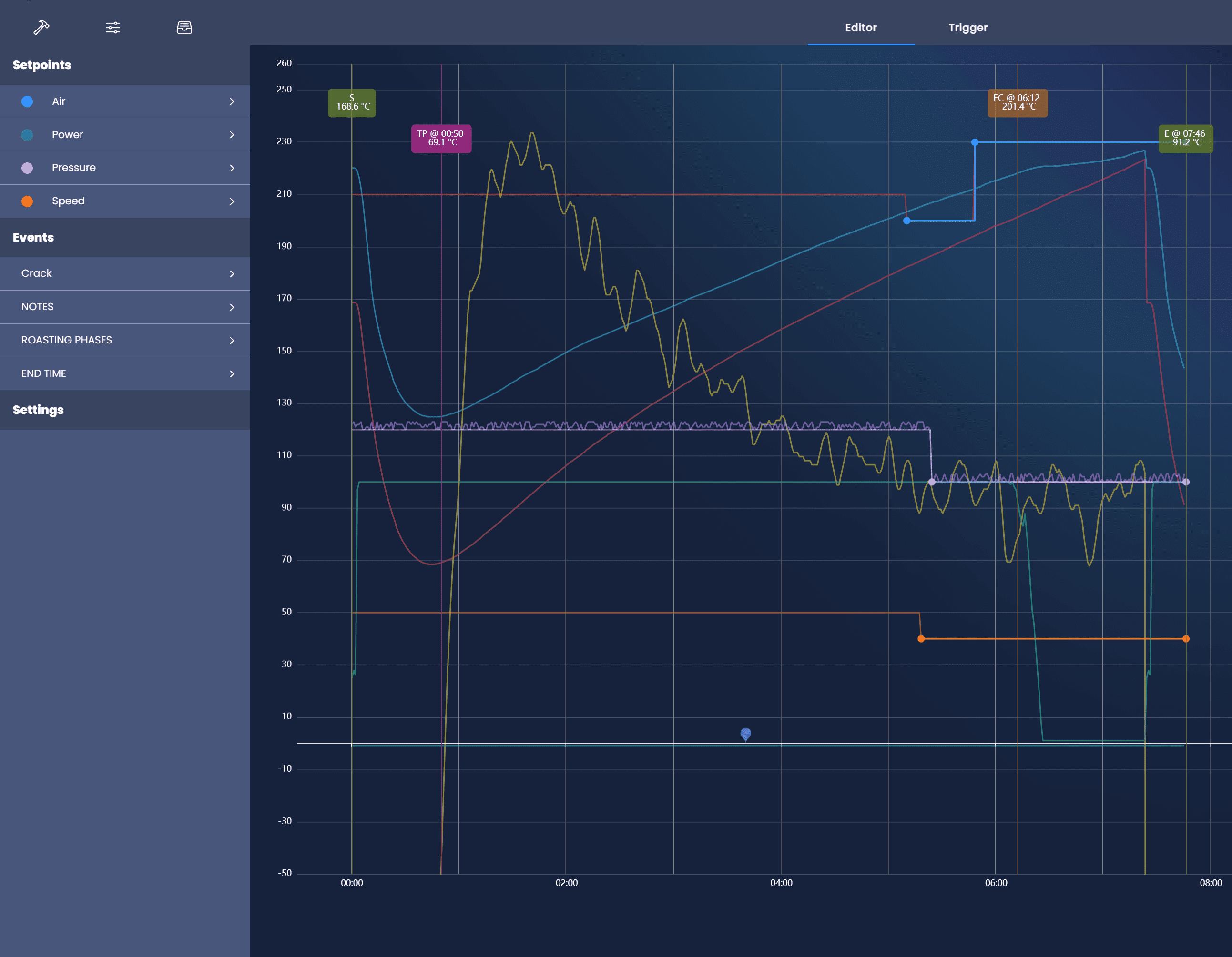Espresso is a brewing style and there are some specific perimeters for roasting to consider. In the last webinar #11, Willem Boot and Marcus Young told everything you need to know about this beloved beverage. We wrote a summary of it.
The topics of this webinar are:
- Roasting for espresso
- Blending for espresso
- The coffee origin that’s best for espresso
The brewing method for espresso is very aggressive. It turns on the volume on certain aspects of coffee. Besides that, you can taste a totally different beverage if only little things are done wrong. In this beverage, we are talking concentrations that are 5 to 10 times more intense than a filtered cup of coffee. Little changes can make a big difference.
The first thing you need to think about when you are approaching a coffee for espresso is that typically the espresso machine will turn up the volume on acidity. And a cup that might be very balanced as a filter coffee, can become too sour for espresso pretty quickly.
Roasting for espresso
In the past, we saw the tradition of roasting everything very dark for espresso. Roasters saw this beverage as an excuse to take it a bit darker. That aggressive brewing style will then filter out even more of these smokey flavor notes. And that automatically forced roaster into brewing very short shots. After a while, lighter roasting styles became more popular. Now, there was something new coming in that had been hidden before. It was acidity. At that time, roasters and baristas didn’t know how to handle all this acidity. Today we have seen roasters getting more adjusted to this. Roasting styles are still light if you compare them to 10-15 years ago. But roasters have become more accosted to seek some balance in their roasting style and learn what is right for their espresso roasting and brewing style.
Summarized, whether you are roasting on the darker end of the spectrum or on the lighter end of the spectrum, espresso needs to be balanced. All the sweet, sour, and bitter flavors.
Tip: take a look at the world barista score sheets. It is a great tool to give you some direction.

Blending
Blending can take a lot of time. It is important to have a methodology for going through your trials and see how different coffees work together. You spend months doing this if you are going straight from the roaster to the espresso machine. So instead it often just starts with various components that are roasted on the cupping table and just blending them. If you are getting to the point where the blend tasted good, you can try and brew it as espresso. After testing, continue making adjustments to your blend.
Like to know at what point in the process you start blending? In the webinar, they discuss the benefits of blending before roasting and blending after roasting.
Coffee origin
A lot of roasters would think of Brazil as the best origin for this coffee. Because they promote the component of sweetness the most. However, we would recommend that you open your eyes to other options and origins. An origin like Costa Rica, or Panama can create unique flavors in the cup when it comes to espresso. Other interesting origins for espresso I would mention Rwanda, Ethiopia, and India.
In other words, as wide and diverse as our options are for the choice of coffees, it’s a matter of what is available in your town. Any origin is potentially a great origin for espresso. Know your personal taste and preferences. And know your market and what people are looking for. Don’t be afraid to try multiple coffees for espresso and see what you and your customers like the best.
Check out the other Giesen blog articles and webinar summaries here.




